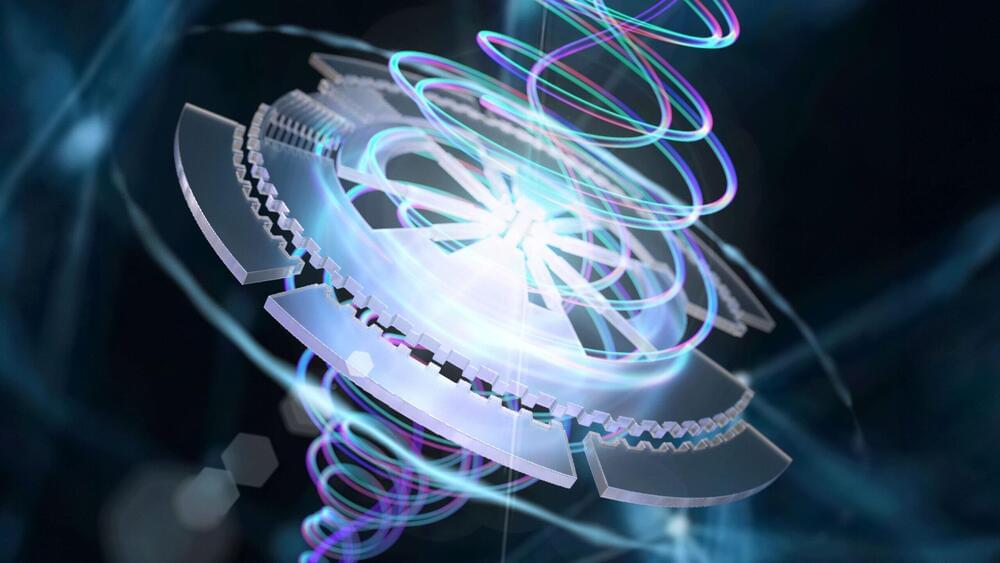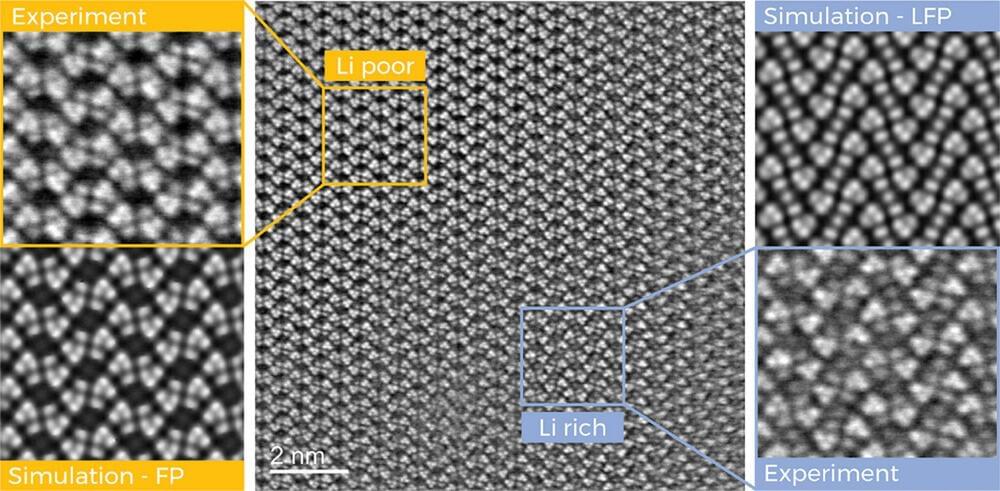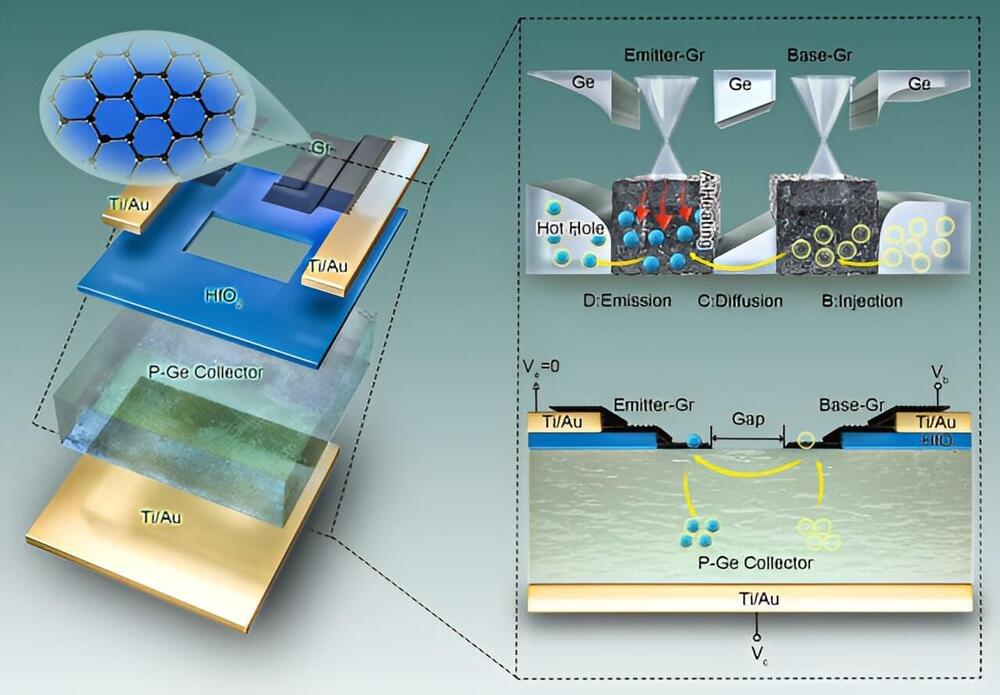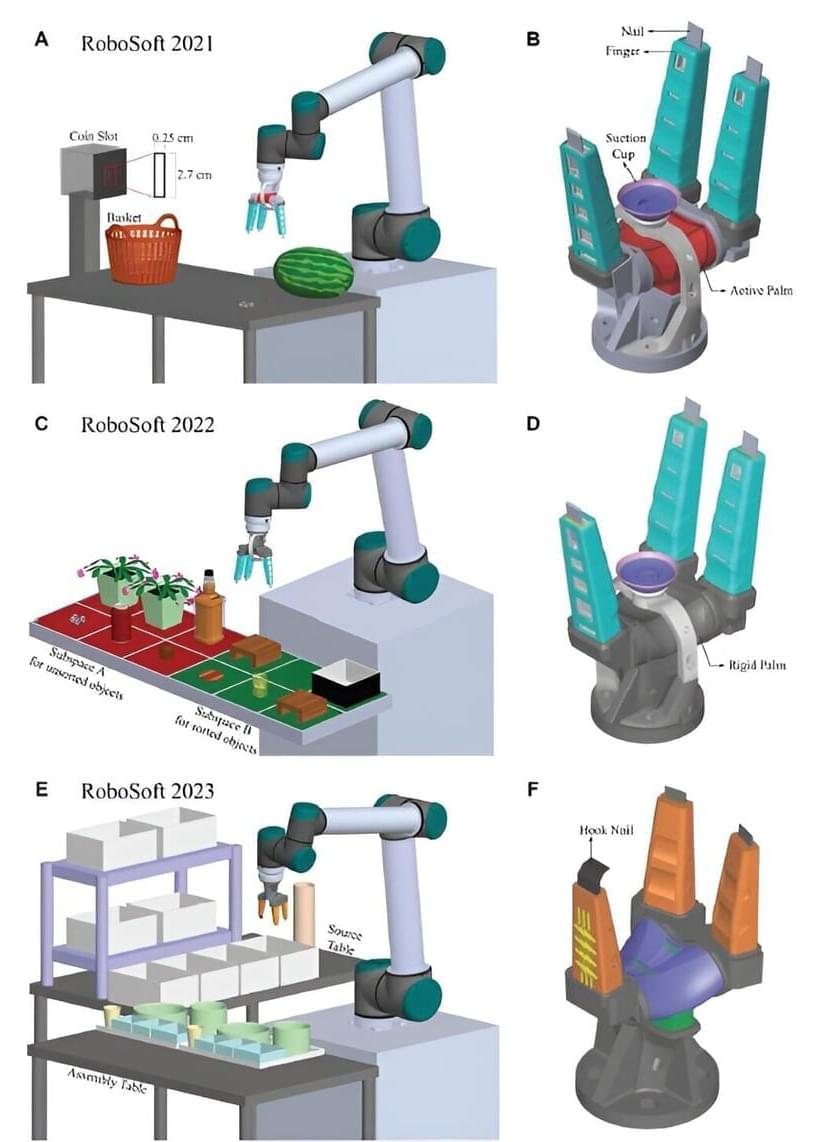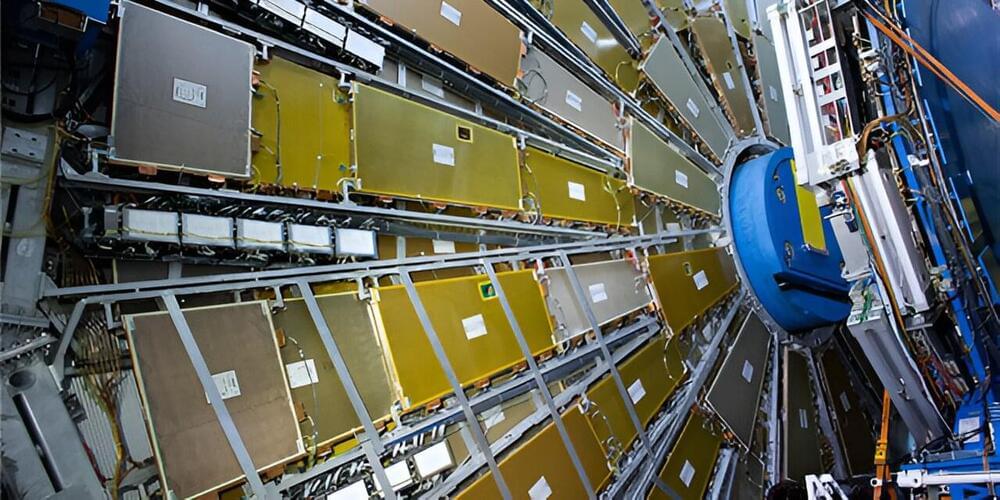The Standard Model of particle physics is the mathematical description of the fundamental constituents and interactions of matter. While it is the accepted theory encapsulating our current state-of-the-art knowledge in particle physics, it is incomplete as it is unable to describe many glaring phenomena in nature.
Crivellin and Mellado’s article describes deviations in the decay of multi-lepton particles in the LHC, compared to how they should behave according to the Standard Model. These deviations, or anomalies, constitute excesses in the production of particles called electrons and its heavy cousin, the muon, on top of the predictions from the Standard Model.
“An anomaly is something that stands out as unusual or different from what is normal or expected. In this case, this is a deviation from the Standard Model of Particle physics. Anomalies can be important because they often signal that something unexpected or significant has happened,” says Crivellin.
